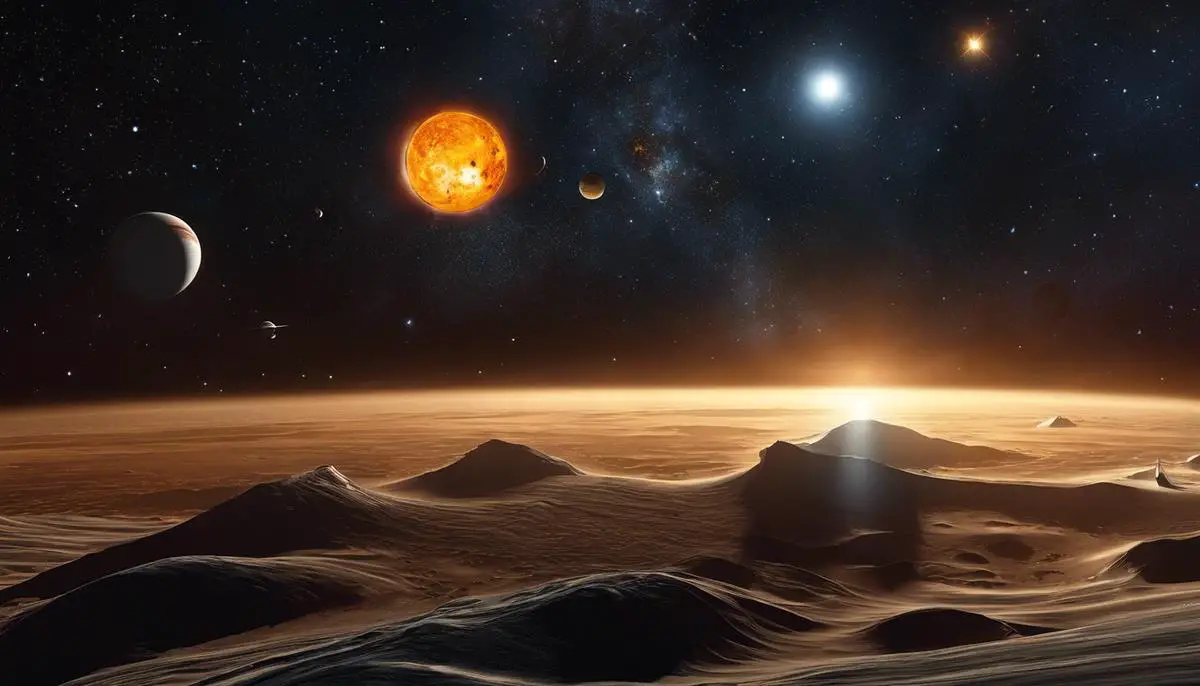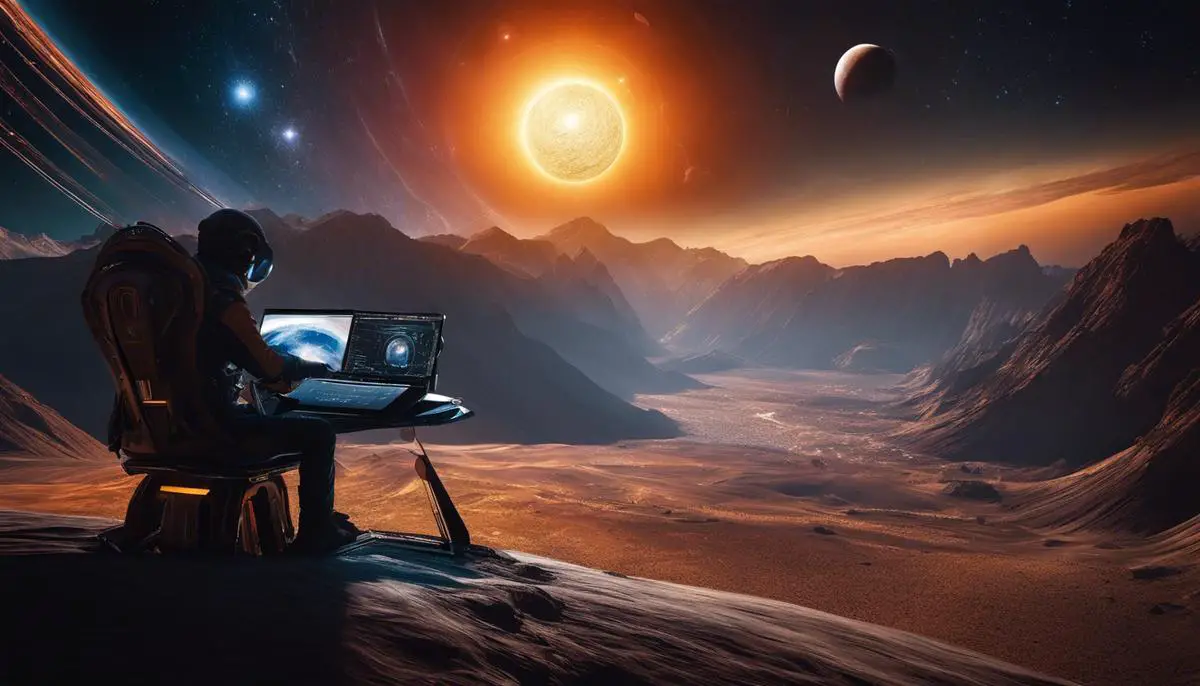In the vast expanse of the universe, we are in the midst of an epoch of new insights as we continuously scout and map our cosmic neighbourhood for new solar systems much like ours. Existing on the precipice of this interstellar traverse, the techniques applied to astrophysics have witnessed rapid advancements, unveiling new ways to spot and observe these potentially planet-holding systems. The substantial strides taken with technologies like the transit method, radial velocity, and direct imaging have been pivotal in chalking out the terrain of our known universe. Along with a comprehensive understanding of these essential methodologies, a fascinating exploration awaits as we examine the confirmed discoveries of cosmic systems and take note of the intriguing patterns emerging from these findings.
Latest Techniques in Identifying Exoplanetary Systems
Innovative methodologies are revolutionizing the quest of discovering new solar systems, significantly enhancing the depth and breadth of our cosmic knowledge. The frontrunner among these advanced methods is the Transit Photometry. Predicated on the detection of periodic dips in starlight as planets pass or ‘transit’ in front of their star, this technique has been pivotal in identifying multitude of new solar systems. Its degree of accuracy is remarkable, given the sophistication it requires to isolate such minutely temporary decreases in starlight. NASA’s Kepler mission exemplifies the unparalleled utility of Transit Photometry, having identified more than two and a half thousand confirmed exoplanets.
Another trailblazing method in the scientific repertoire is Radial Velocity or Doppler Spectroscopy. This technique involves recording the tiny back-and-forth wobble of a star induced by the gravitational tug of an orbiting planet. By carefully analyzing these wobbles, astronomers can deduce the mass, distance, and orbital period of the planet. Despite challenges posed by intrinsic stellar variability or ‘noise,’ the method still offers commendable accuracy. In fact, Radial Velocity’s efficacy is attested by its role in providing the first definitive evidence of exoplanets back in the early 1990s.
In conclusion, whether the quest involves gauging a distant star’s periodic dimming or interpreting stellar wobbles, Transit Photometry and Radial Velocity have proved instrumental in expanding our understanding of the universe beyond our own Solar System. The concerted use of these advanced methods, alongside future astronomical innovations, promises to thrust open many more doors to new cosmic arenas, keeping us at the precipice of yet uncharted territories.

Confirmed Discovery and Notable Trends of Solar Systems
Unearthing planetary systems, specifically those beyond our own, initiates a delve into a fascinating domain of astronomical research. As of the present day, we have detected over 4,000 confirmed exosolar systems (also called exoplanetary systems), with a considerable number still awaiting confirmation. These systems intriguingly mirror the diversity witnessed within our own cosmic backyard and, in many instances, extend our comprehension of planetary formations to extremes unfathomable within the context of our solar system.
Pertaining to stellar characteristics, a significant majority of these explored systems orbit stars of class F, G, and K- types similar to our Sun. However, the prevalence of gas giants, or ‘hot Jupiters’ in close orbits, markedly differs from the planetary arrangement we observe in our own Solar System. This could potentially be attributed to an observational bias, as such large planets orbiting in close proximity to their host star are more readily detectable using the previously mentioned methodologies.
For instance, red dwarf stars, despite being the most common star type in the universe, often have their planetary systems undiscovered due to inherent challenges in detection. Yet, these stars present a fascinating field for study as they hold within their orbit many Earth-sized exoplanets, a fact which significantly heightens their importance in the potential search for extraterrestrial life.
Investigations into distinctive planetary architecture continue to shatter our pre-existing paradigms, engendering a broader spectrum of theoretical models for planetary assembly and dynamics. Recently discovered systems with extremely compact multiple planets, for instance, challenge conventional theories and really press us to reinvestigate our assumptions. Furthermore, the discovery of rogue planets, untethered by gravity to any star, presents novel vistas for exploration for our ever-curious scientific community. Thus, with every new discovery, we progressively unveil the complexities and marvels of our vast cosmos, and in so doing, embrace the opportunity to perpetually redefine our understanding of it.

With each new technology, our methods of exploring the universe continue to evolve, and as we encounter more solar systems, we’re continually redefining what we once considered as ‘common’ or ‘notable’. Unveiling unique features—from an array of host star types and habitable zones to the variations of planet-star distances—enhances the understanding of our universe’s enchanting complexity. Through this journey, two things become starkly apparent: we’ve only just brushed the surface of the uncharted cosmic epics that await our discovery, and the patterns we perceive in the universe only seem to promise more mysteries to unravel. In the vast cosmic theatre, we’re poised at the beginning of our act, pencil in hand, ready to sketch out more stargazing maps and embark on the next voyage of cosmic exploration.
![]()
